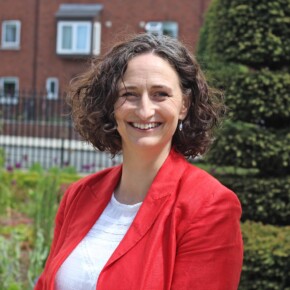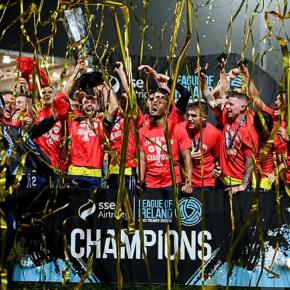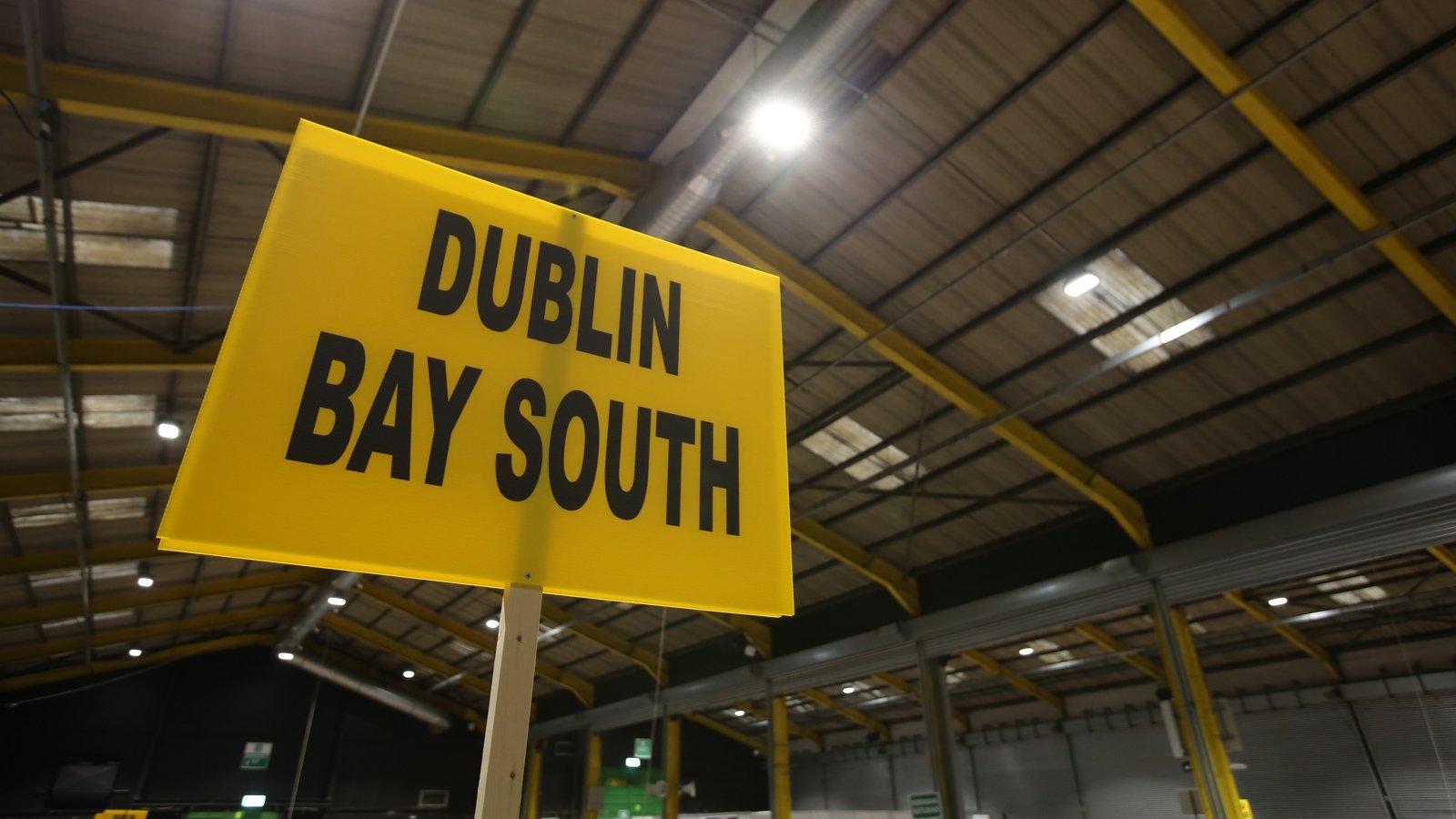Extra seat means extra fun in Dublin Mid-West
Mike Finnerty 20 Nov 2024
IN August 2023, constituents of Dublin Mid-West found out they were going to have the pleasure of voting for an extra TD in the next general election.
Previously a 4-seater, population growth in the area meant that the Electoral Commission saw fit to grant Dublin Mid-West an extra Dáil seat.
2020 was Sinn Féin’s day in Dublin-Mid West, with TDs Eoin Ó Broin and Mark Ward taking home a remarkable 42.8% of first preferences between them.
Their absurdly high share of first preferences ended up warping the race in Dublin Mid-West to such an extent that their transfers resulted in Gino Kenny, who was written off early on in the race after receiving 7.9% of first preferences, managing to win the final seat in the area.
February 2020 also marked Emer Higgins’ entry into the Dáil, with just under 10% of first preferences enough to get her a seat.
All four incumbent TDs have a strong chance of retaining their seats, but June’s local elections and subsequent polling reveal that there is a large swathe of Sinn Féin votes up for grabs.
November 29 will reveal just how much of Ó’Broin and Ward’s votes are personal ones and how much of it is party loyalty.
Going off June’s local election results, the Sinn Féin faithful weren’t exactly in the mood to rush out and vote for the party.
In June’s elections for South Dublin County Council, the party ran 21 candidates, and in the context of Dublin Mid-West, ran four candidates in Clondalkin and Palmerstown-Fonthill and two in in Lucan.
Councillors William Carey and Niamh Fennell were Sinn Féin’s only successful candidates at a local level in June.
In Clondalkin, which Ó’Broin represented as a councillor from 2014 until his Dáil victory in 2016, Sinn Féin received 15.9% of first preferences.
The Social Democrats received 12.2% of first preferences between their two candidates (as we will have great fun talking about in a minute, the Soc Dems have their own glasses-wearing Eoin Ó Broin who was elected in Clondalkin in June and is running for a Dáil seat) and People Before Profit’s Darragh Adelaide received 8.9% of the vote.
The unexpected victory of Independent Ireland’s Linda De Courcy, who scored 7.6% of first preferences, also potentially points to another leak that Sinn Féin needs to fix with De Courcy potentially taking votes from all parties but especially Sinn Féin.
The five-seater nature of Dublin Mid-West means that neither Ó’Broin or Ward should worry about their seats (they could lose 20% of their 42.8% vote share from 2020 and both would still be elected) but with anywhere from 10-20% of the vote from 2020 up for grabs it will be up to the other candidates to take that vote and run with it.
Fine Gael’s Emer Higgins should be pretty confident heading into election day; Fine Gael received 13% of the vote in her old constituency of Clondalkin back in June (down from Higgins’ haul of 17.3% back in 2019) but also got two candidates elected in Lucan.
Fine Gael has opted to repeat the 2020 line-up with Higgins joined on the ballot by Lucan councillor Vicki Casserly.
In 2020, Higgins scored 9.9% of first preferences and Casserly took home 7.7%.
Back then, it was enough to win just one seat but in a 5-seater, that potentially could be enough to put two seats in contention.
Higgins has been serving as a Minister of State at the Department of Enterprise, Trade and Employment since Simon Harris’ ascension to the Taoiseach role back in April and is very much representative of the “new energy” he keeps banging on about.
Higgins isn’t tied to Fine Gael governments of the past having only been elected as a TD in 2020; in an area with a high degree of dissatisfaction with government parties, this could be her trump card.
June’s local election results saw People Before Profit pick up three seats and narrowly missed out on picking up an extra seat in Tallaght.
This bodes well for Gino Kenny, who this time last year looked in real danger of losing his seat.
People Before Profit have been one of the beneficiaries of Sinn Féin losing ground and this manifested itself in June.
In Clondalkin and Palmerstown-Fonthill, the party won seats which is good news for Kenny at a local level.
Kenny has the benefit of a high personal local vote where people aren’t necessarily voting for the party; that was enough to get him over the line in 2020, but this year he has the potential of cashing in on his name recognition and the party, generally, gearing up for a solid election campaign.
Fianna Fáil TD John Curran was one of the party’s big casualties in 2020, losing the seat he won back in 2016 but Curran has decided to forego a third Dáil bid.
Instead, Fianna Fáil will be running councillor and 2019 by-election candidate Shane Moynihan and local election candidate from Tallaght, Lynda Prendergast.
While much has been made of Sinn Féin’s weak performance locally in June, Fianna Fáil had a nightmare on South Dublin County Council.
The party lost three of their councillors and saw their share of first preferences drop from 19% in 2019, enough to make them the biggest party on South Dublin County Council, to 10.8%.
In our analysis, we have noted that some candidates are being run with the intent of racking up personal votes, and some candidates are on the ballot paper because they have a party name beside them.
As far as Fianna Fáil are concerned in Dublin Mid-West, they are banking on the brand recognition being enough to win back a Dáil seat.
Sinn Féin are running two popular local TDs, Fine Gael are running an incumbent local TD/newly-minted minister and a previous general election candidate, and all Fianna Fáil could muster is a generally successful councillor and someone who couldn’t win in Tallaght.
Dublin Mid-West might mark a breakthrough for independent candidates.
Paul Gogarty is much more than the guy who swore in the Dáil one time; he is a serial vote winner.
While Gogarty did represent the Greens here between 2002 and 2011 as a TD, he’s been an independent councillor on South Dublin County Council since 2014.
In the meantime, Gogarty has proven his ability, time and time again, to hoover up votes.
Gogarty’s share of the vote was 8.7% in 2014, topped the poll in Lucan in 2019 with 15.8% of the vote and back in June stormed home with 23.1% of the vote.
Gogarty has spent the last decade building up a strong following locally, and in a general election campaign where independents are poised to do well, Gogarty could be an independent success story in Dublin.
The crucial thing as far as Gogarty is concerned is improving on his past performances; he received 6.5% in 2020 and 5.9% in 2016 (as well as 12.7% in the 2019 by-election).
June showed he has the power to grow his voter base and make a serious dent in a general election campaign; as loathe as we are to use the cliché “dark horse,” Gogarty may well fill the role in this race.
Late October saw Labour pull off a minor coup by getting independent heavyweight Francis Timmons to join the party.
Timmons topped the poll in Clondalkin as an independent back in June with 15.5% of the vote, being elected on the first count (and as he noted, without using election posters.)
Timmons joining Labour is a coup for the party that performed poorly locally in June.
1.8% in Clondalkin and 1.4% in Palmerstown-Fonthill tells you that Labour’s former heartlands still don’t forgive them for their time in coalition.
Timmons joining Labour could be a shot in the arm for Labour in an area where they’ve struggled since 2016.
In 2011, the party won two seats in Dublin Mid-West; Joanna Tuffy and Robert Dowds delivered the good during the Gilmore Gale of 2011.
In 2020, Tuffy received just 3.4% of first preferences, down from her 5% haul in 2016 so you can see the reason for Labour taking a gamble with Timmons.
Dublin Mid-West has picked up attention online for the novelty of two Eoin Ó’Broin’s from Clondalkin, with glasses, appearing on the ballot for left-of-centre parties.
The Sinn Féin housing spokesperson is joined on the ballot by a Social Democrats councillor of the same name.
The Social Democrats Ó’Broin, who bears more than a passing resemblance to Moby, was first elected to South Dublin County Council as an independent in 2019 before joining the Soc Dems in 2022.
Ó’Broin won re-election as a Social Democrat in 2024, with the party overall gaining 12% of the vote in Clondalkin.
Early polling has the Social Democrats polling roughly on a par with the Greens in the 2020 general election; if they start to creep up towards the 10% mark in Dublin a seat like Dublin Mid-West might come into play.
Of course, that would make life really bloody difficult for journalists if two Eoin Ó’Broin’s with glasses both became TDs for Dublin-Mid West.
If the Social Democrats continue to make inroads with old Labour voters and woo Sinn Féin voters like they did back in June, the Southside People editorial team will need to have an awkward editorial meeting about how to tell them apart; may we suggest one of them starts wearing a sombrero?











